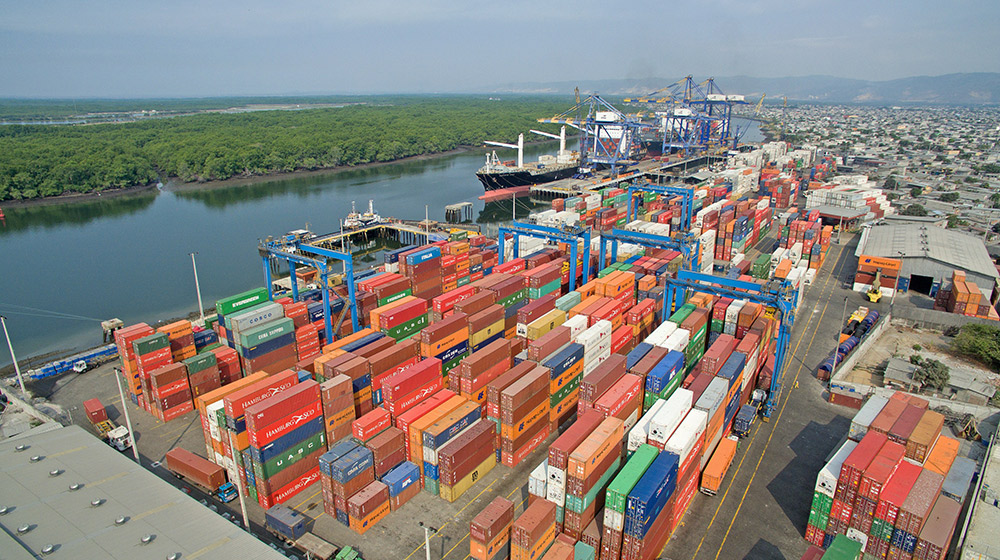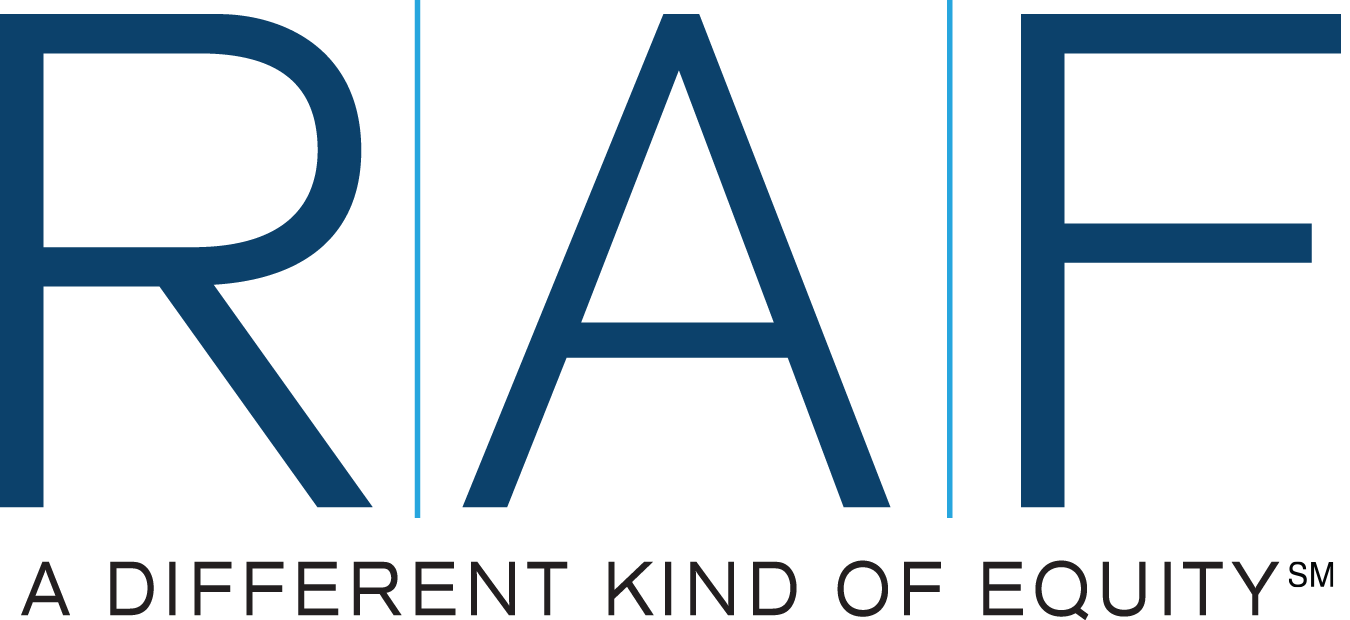
Mitigating Tariff Exposure: Strategies for Mid-Market Companies
Prices are beautiful and much maligned things. As Alex Tabarrok notes, “Prices are signals wrapped in incentives.” They are the real-time clearing data point that indicates what is plentiful, what is scarce, what is differentiated, and what is commoditized. They direct market participants to invest, divest, innovate, redirect, and so on. They are at the root of all supply and demand constructs, whether for goods, services, or financial instruments.
This is arguably the most important principle of economics, but also a concept that government policymakers seem to match with acute secular amnesia through the deployment of interventionist industrial policies typically shrouded under cloaks of ambiguous and disingenuous information, such as the current wave of proposed tariffs.
First, tariffs are taxes. They are fees for goods crossing borders collected by the government and paid by importers. Who eventually reimburses the importer is only slightly muddier, but as a starting point, they are most certainly not paid for by foreign governments. Rather, they tend to be absorbed by three primary entities in the overall ecosystem: the exporter, the importer (and associated value chain), and the end consumer. Data has shown that most of these costs end up being taken up in final prices and thus paid by the end consumer. In the balance of the equation between dollars collected and dollars paid, the government is the recipient, and the end consumers and business entities are the providers, which makes it relatively clear that tariffs equal taxes.
As such, tariffs raise prices. More specifically, they disproportionately skew the signals and incentives that make prices what they are by shifting the playing field to favor the naturally weaker at the expense of the naturally stronger market participants. While we are generally of the view that the track record of government intervention and industrial policy is quite bad, tariffs are not natively good or bad, just as high prices are not natively good or bad. They are simply a redistribution of competitive advantage by way of taxation.
For businesses navigating these dynamics, it is perhaps most important to recognize that price shocks also represent discovery opportunities. Most businesses do not have a deep understanding of the elasticity of demand for their product or services. That is, most pricing is done without a deep knowledge of how much a change of X in price will affect an increase or decrease of Y in demand. One can generally appreciate that raising prices will reduce demand, but by how much? Most companies have at best a vague idea.
So, while tariffs are a substantial disruption requiring repricing and often shifting of sourcing strategies, the disruption also represents an opportunity for much discovery, both in the demand patterns of end consumers and the relative power and elasticity of suppliers and their global sources. Companies should leverage their win rate analytics, price discovery, and experimentation to maximize the intelligence that can be gathered, as the changing competitive landscape affords a one-time series of new data points that can offer long-term insights for positioning and strategies.
Learn More About RAF
RAF Equity was founded 45+ years ago and acquires control positions in middle-market companies across a diverse set of industries. We maintain a long-term strategy focused on investing in businesses with strong management teams, a demonstrated history of business growth, and potential for acceleration, with EBITDA of $5-20 million.



